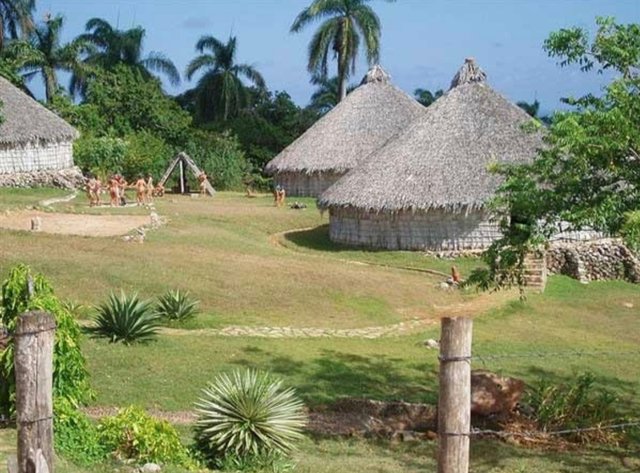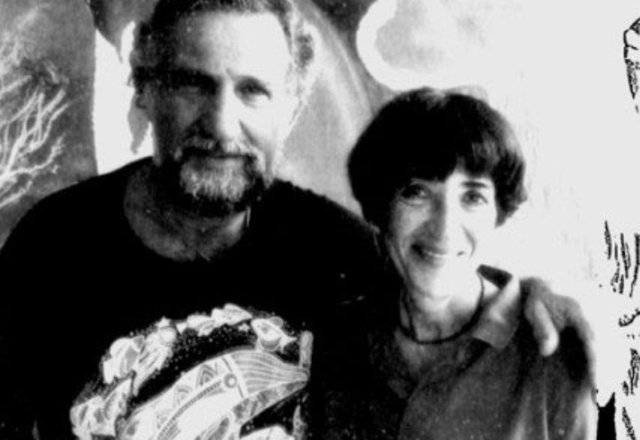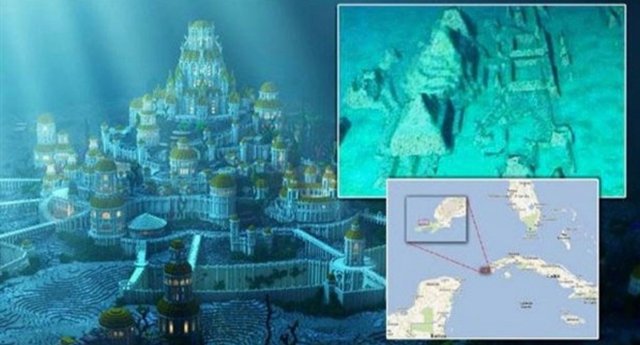
Compared to the present, the sea level in all of human history has never been lower than 120m.
But off the coast of Cuba, in 2001, people suddenly discovered the ruins of an ancient city up to 2 km2 wide under a depth of 700m of water.
“Atlantis of the Caribbean”
Cuba is an island nation in the North of the Caribbean Sea, with an area of 109.884 square kilometers and a population of about 11.2 million people. Indigenous inhabitants here are 2 ethnic groups, Taíno and Ciboney (South American Indians).
In early 2001, the couple of marine engineers Pauline Zalitzki and Paul Weinzweig (Canada), with the permission and support of the Cuban government, carried out exploration of the waters off the Guanahacabibes peninsula, Pinar del Río.
The “Atlantis of the Caribbean” is likely the ancient Taino city.
This is the sinking site of hundreds of shipping ships from the Spanish Cuban era (1492–1898), which is considered “the bottom of the sea full of treasures” . While using the most advanced sonar equipment to scan 2km2 of the seabed at a depth of 600-750m, they discovered a complex of rock structures shaped like an ancient city.
In July 2001, the Zalitzkis invited the famous Cuban geologist, Manuel Iturralde, to join them. With a long history of studying submerged structures, Iturralde immediately said that “this is likely an ancient citadel” . However, “if it really is a citadel, I’d have trouble explaining why it’s at this unfathomable depth.”
Since the appearance of Homo sapiens until now, the sea level has never been 120m lower than the present. In other words, the “old city” found by the Zalitzkis cannot be a block of structures built on land and then engulfed by rising seas.
“Even in the ocean floor 700m deep of any sea, we cannot expect to detect a city ,” said scholar Graham Hancock (UK). The offshore Guanahacabibes block became the only exception. Media and press around the world simultaneously covered it, calling it the “Atlantis of the Caribbean”.
Husband and wife Pauline Zalitzki and Paul Weinzweig, 2 pioneers to discover “Atlantis of the Caribbean”.

Hard-to-solve mystery
During the second exploration, the Zalitzki couple’s diving equipment captured specific images of the “underground city”. It consists of giant blocks of stone, smooth, square and stacked into circular and pyramid-shaped structures.
It is estimated that each of these blocks has a size of 2.4 x 3m, most likely granite. In addition to the stacked blocks, there are many independent blocks, scattered throughout an area of the seabed up to 200ha.
“If this is really a sunken city, then it’s so special,” Iturralde marveled. According to him, assuming that it was built on land and submerged by sea level rise, the time for this “city” to sit under 700m of water must be up to 50,000 years.
“50,000 years ago, the Americas did not have any civilization advanced enough to build a complex of buildings ,” Iturralde contradicts herself.
And if the “Atlantis of the Caribbean” was not submerged by seawater, then there are only two possibilities: Built in water or submerged in water. Construction in the country is too impossible, and subsidence into the water “there are no reports of tectonic activity of the mainland of the Caribbean, or even the whole continent on the Mediterranean coast, subsidence for an entire period of time.” such a large area”.
However, if considered carefully, subsidence is more feasible. With this theory, the “Atlantis of the Caribbean” was once built on land. Seen on a map of the Americas, this mainland (if any) is the bridge between Guanahacabibes and the opposite peninsula, Yucatan (Mexico). The distance between these two peninsulas is 260km. In other words, Cuba was once connected to the American continent, not separated by a 260km wide strait as it is now.
Natural wonder created?

The location of the “sunken city” and its fictional architectural sketch.
The Taino people, one of two indigenous peoples of Cuba, have a remarkable legend about the formation of the sea. It is said that in the beginning, Zuania (South America) had four great mountains. In the land of brave men, there is one of these four mountains and the name is Boriquen.
On the slopes of Boriquen, in the village of Coabey, the elderly couple Yaya and Itiba and their only son, Yayael, live happily together. Because of his passion for hunting, Yayael often leaves home, following the footsteps of animals in the forest.
One day, while Yayael was hunting, a big storm hit and he never returned. Grief over the loss of their child, Yaya and Itiba put Yayael’s bow and arrow into a large gourd, keeping it as a memorial.
One day, a naughty child in the village stole this gourd and brought it out to play. He carelessly dropped it and the floodwater gushed out from the shards of the gourd. In the blink of an eye, the Yaya couple’s hut was submerged in water.
The violent waves surged up and engulfed the fields, uprooted trees, and swept away rocks. Also from the gourd shell, countless numbers of fish, shrimp, crabs, jellyfish, squid … race out.
The villagers of Coabey ran together to the top of Boriquen. Over time, the water rose higher and higher and it tasted salty. When the water stopped rising, the village disappeared and Boriquen turned into an island.
Around it, sea animals swim. The villagers of Coabey realize they are helped by the spirit of Yayael, providing an inexhaustible source of food. Everyone was extremely happy, changed clothes and held a jubilant thanksgiving festival.
If this “sea fairy” of the Taino people originates from the reality of the cataclysm, it partly explains the sitting in the unimaginable depths of the “sunken city”. However, so far, Cuba has not made any confirmation. The discovery of the “Atlantis of the Caribbean” still only stops at hypotheses.
In addition to the three theories mentioned above, speculation about the “Atlantis of the Caribbean” has another possibility: Creation. That is, the “sunken city” is not a human architecture, but an artifact of nature. “Mother nature is very magical,” explains Iturralde. “Sometimes, she creates structures beyond human imagination.”